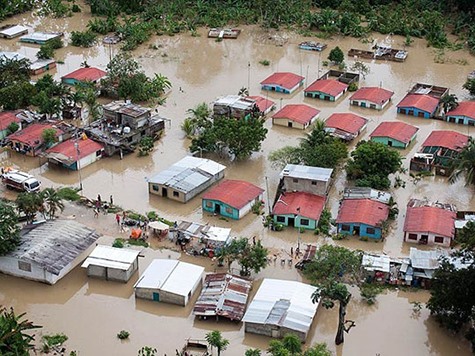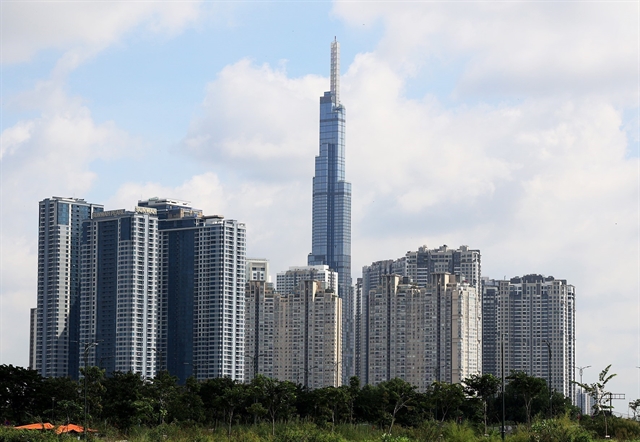 Environment
Environment

Việt Nam will lose nearly 39 per cent of the total area of Cửu Long (Mekong) River delta – the biggest rice granary of the country if the sea level rises 100cm by the end of the century.
 |
| Việt Nam will lose nearly 39 per cent of the total area of Cửu Long (Mekong) Delta – the biggest rice granary of the country if the sea level rises 100cm by the end of the century. — Photo vacne.org.vn |
HÀ NỘI — Việt Nam will lose nearly 39 per cent of the total area of Cửu Long (Mekong) Delta – the biggest rice granary of the country if the sea level rises 100cm by the end of the century.
Localities of Hậu Giang, Kiên Giang, and Cà Mau are expected to suffer the most with inundated areas up to 80 per cent, 77 per cent and 58 percent respectively.
It was released following the 2016 Climate Change and Sea Level Rise Scenarios for Việt Nam and by the Ministry of Natural Resources and Environment on Tuesday at a high-level meeting held in Hà Nội.
The scenario said about 16.8 per cent of the total area of the Hồng (Red) River delta and 1.47 per cent of the total area of central coastal provinces were predicted to be inundated if the sea level rises 100cm by the end of the century.
In the Red River delta, rising sea levels would cause an area loss of 58 per cent in Nam Định Province and 51 per cent in Thái Bình Province.
Additionally, three islands of Vân Đồn, Côn Đảo and Phú Quốc as well as Tri Tôn Island and Lưỡi Liềm Island of the Hoàng Sa (Paracel) Archipelago were also facing severe flood risk, the scenario said.
Trần Thục, deputy head of the consultancy board for Việt Nam’s National Committee on Climate Change, said data used to compile the 2016 scenario was updated until 2014.
Compared to previous scenarios, the 2016 scenario provided details of rising sea levels for 28 coastal provinces and Hoàng Sa (Paracel) Archipelago and Trường Sa (Spratly) Archipelago, he said.
The scenario also pointed out that geology changes and subsidence due to overexploitation of underground water were the two major reasons worsening flood risk for localities across the country, he said.
After the forecast was announced, the environment ministry ordered localities to improve their irrigation planning to adapt to rising sea levels and climate change. — VNS




